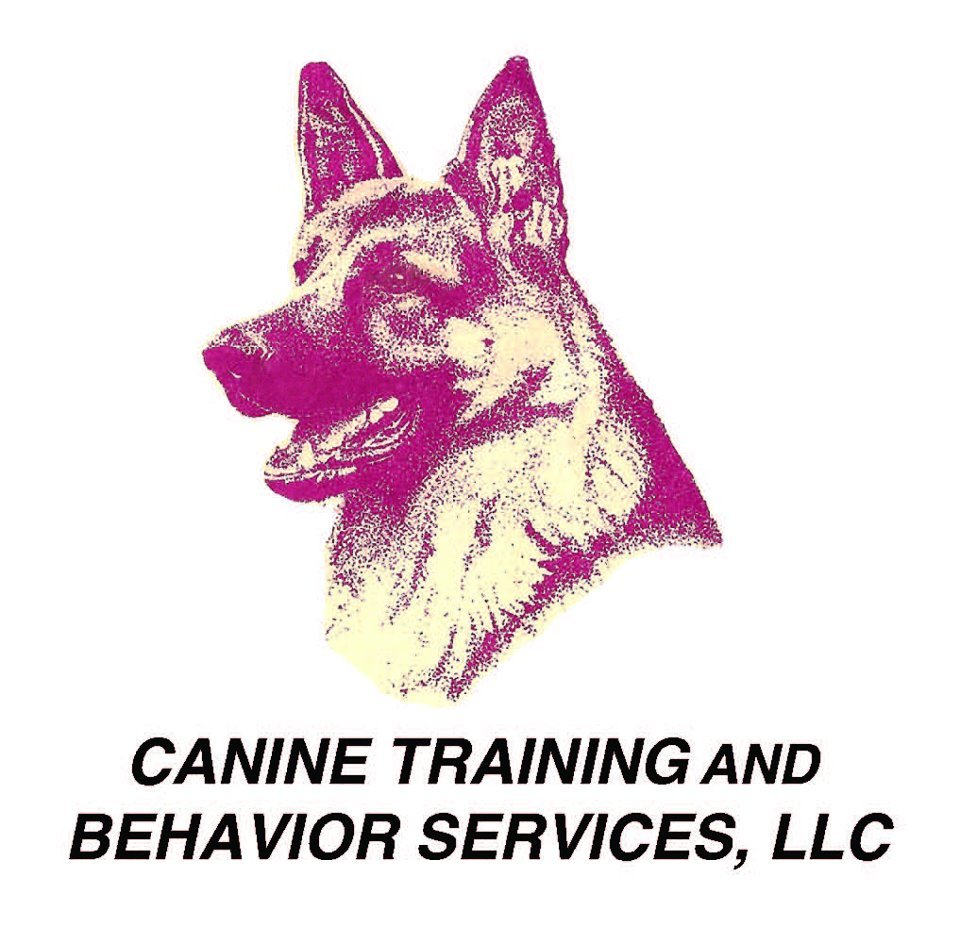
FAQ
-
What type of training methods do you use?
Our approach is designed to be people and dog friendly. We emphasize the management of the family dog’s time and cognitive ability to best set them up for behavior success. We believe in the approach of teaching behaviors that encourage the dog to be motivated to learn. Creating a dog that is an enthusiastic learner is the easiest and fastest way to assist them in achieving success in terms of being a compliant and well behaved member of your family.
-
What types of equipment do you recommend?
We focus primarily on identifying the rewards that each dog responds to and incorporating them to motivate the dog to comply with requests. Rewards can be food, tactile, toys, environmental access, and life rewards (such as being taken for a walk, or being permitted to spend some extra time sniffing at a certain spot). Additional tools include buckle collars, front clip harnesses, head collars, leashes, bait bags, clickers, and targeting devices (target stick or container).
-
What type of training should I use? Group classes, In-home instruction, or board and train?
For most dogs, especially puppies, we recommend that owners consider an In-home training session to learn the basics before attending a group class. In this setting, we are better prepared to provide a controlled environment for the purpose of training and socialization geared towards the owners needs. For those individuals who want us to set a good foundation for their dog and make training easier for them, we suggest the board and train in conjunction with Private or Group instruction.
-
What vaccines are required for my puppy to attend class?
Puppies must be up-to-date on their vaccines based on their age. Due to the fact that early socialization is a critical part of a dog’s well being and health throughout their lifetime, we generally do not recommend waiting to join a puppy class until they have completed a traditional course of shots. You should consult with your veterinarian and research the topic, which includes reading Dr. R.K. Anderson’s excellent letter on this topic.
-
Can more than one person in my family attend the group training class?
We strongly encourage family members to attend class together as this is an excellent way for all family members to be on the same page with their dog's training. It's important to note that consistency and repetition are key to the successful training of your dog. If you have children, they may attend class, but must be supervised at all times by a responsible adult and be able to remain calm during the class so as not to scare or disrupt the other class attendees. Our insurance requires that all handlers must be 14 years of age or older.
-
What should I bring to class?
A dog who has not eaten his or her meal at least two hours prior to the class start time. Treats: soft, pinky nail-sized treats are ideal. An excellent example of a treat most suitable for training are the Zukes which are pre-cut into bite sized pieces. A 6 foot leash (no retractable leashes, please!) A buckle collar, martingale, head halter or body harness. Paper towels in the event that the dog should have an accident during class as well as a pick up bag.
-
How do I decide which class is right for my dog?
Please take a look at our group dog training class description page or contact us by phone at 203-762-8920 or email us if you have additional questions.
-
If I miss a class, what are my options?
If your dog is unable to attend a class, but you can do so, we suggest you attend class without your dog. If you cannot attend class, we suggest you drop in to one of the other classes at the same or different location but please contact us beforehand to ensure that there is adequate space in that particular class.
